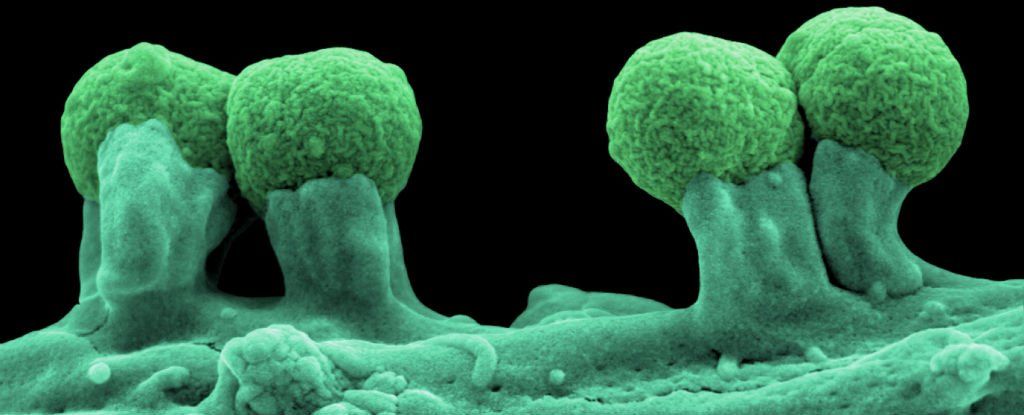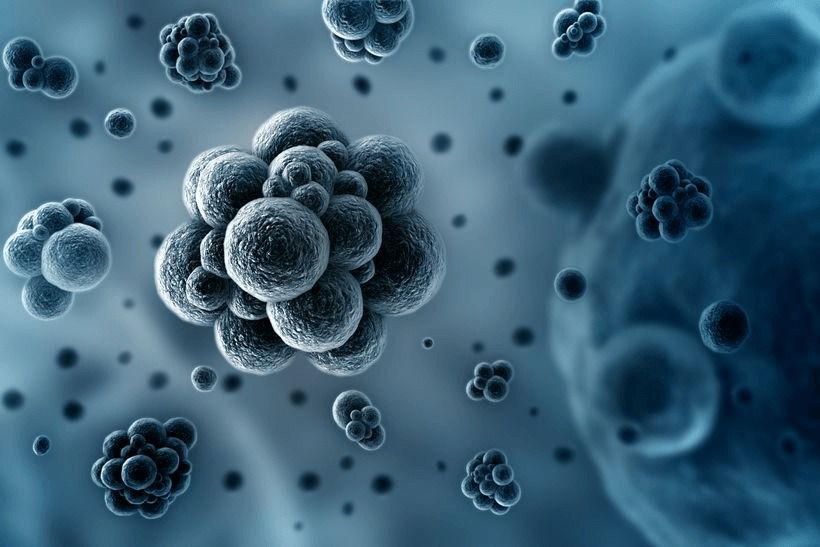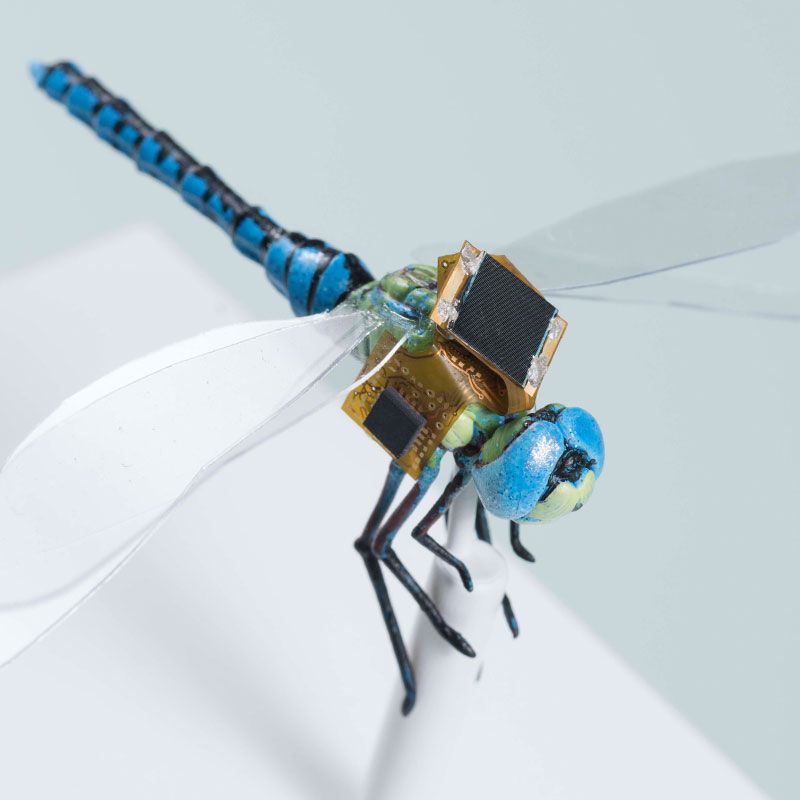Jan 24, 2017
New Organisms Have Been Formed Using the First Ever 6-Letter Genetic Code
Posted by Sean Cusack in categories: bioengineering, biotech/medical, genetics
Scientists have engineered the first ever ‘semi-synthetic’ organisms, by breeding E. coli bacteria with an expanded, six-letter genetic code.
While every living thing on Earth is formed according to a DNA code made up of four bases (represented by the letters G, T, C and A), these modified E. coli carry an entirely new type of DNA, with two additional DNA bases, X and Y, nestled in their genetic code.
The team, led by Floyd Romesberg from the Scripps Research Institute in California, engineered synthetic nucleotides — molecules that serve as the building blocks of DNA and RNA — to create an additional base pair, and they’ve successfully inserted this into the E. coli’s genetic code.
Continue reading “New Organisms Have Been Formed Using the First Ever 6-Letter Genetic Code” »

















